Home>Interior Design>Organizing Toys: 10 Ways To Stay Clutter-Free
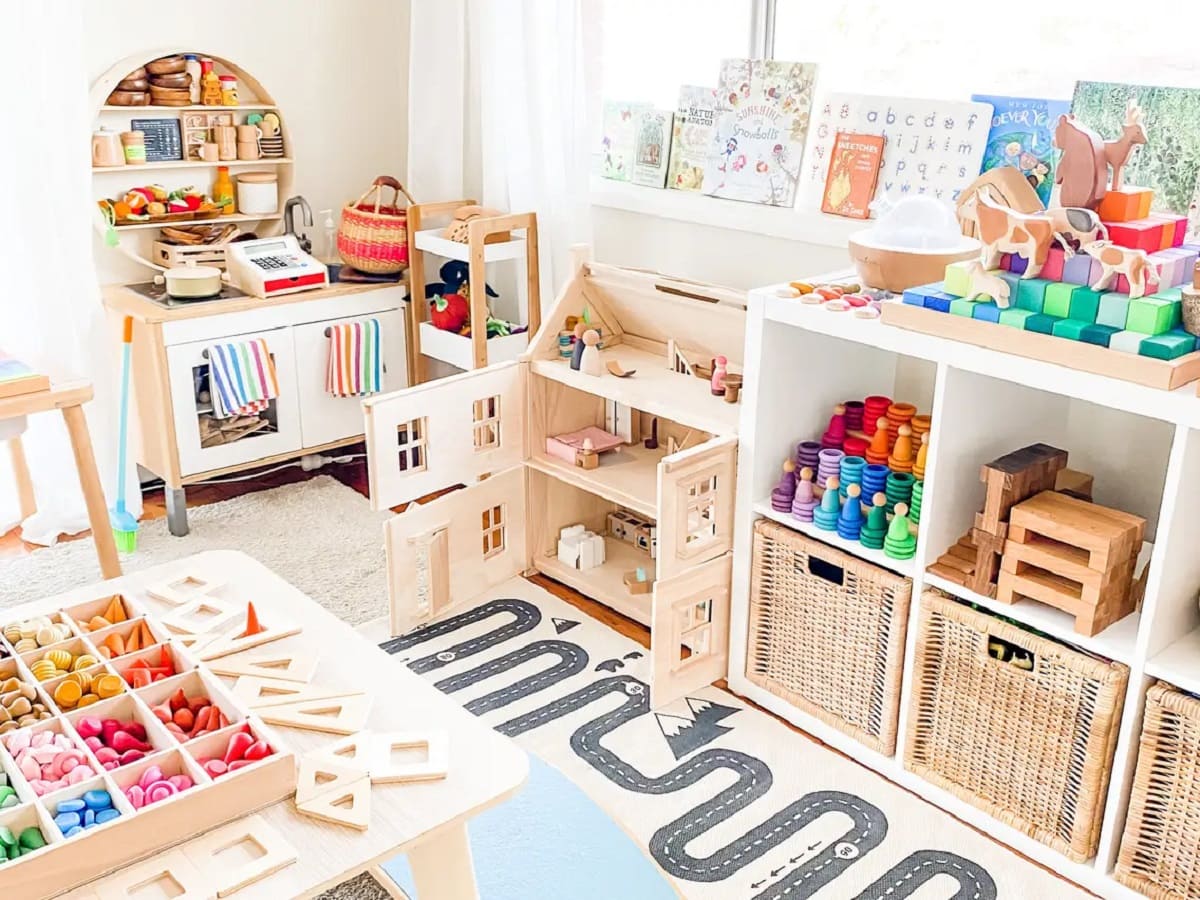

Interior Design
Organizing Toys: 10 Ways To Stay Clutter-Free
Modified: January 22, 2024
Discover 10 interior-design tips to keep your toys organized and decluttered. Transform your space with these creative and effective solutions!
(Many of the links in this article redirect to a specific reviewed product. Your purchase of these products through affiliate links helps to generate commission for Storables.com, at no extra cost. Learn more)
Introduction
In today’s fast-paced world, it’s easy for our homes to become overwhelmed with clutter, especially when it comes to children’s toys. The constant influx of new toys combined with limited storage space can quickly lead to a chaotic and disorganized play area. However, with a little planning and creativity, it’s possible to create a clutter-free environment that both kids and parents will appreciate. In this article, we’ll explore ten practical and effective ways to organize and stay clutter-free when it comes to toys.
By implementing these strategies, you can create a space that not only looks neat and tidy but also promotes a sense of calm and order. Not only will this make it easier for children to find and enjoy their toys, but it will also streamline the clean-up process, making it a more manageable task for parents.
So, if you’re ready to reclaim control of your toy-filled spaces and transform them into organized havens, then let’s dive into the tips and tricks that will make it all possible.
Key Takeaways:
- Transform your child’s play area into an organized haven by creating designated storage areas, using clear bins, and implementing a toy borrowing system. These strategies promote responsibility and mindfulness while minimizing clutter.
- Teach kids the value of mindful consumption and responsibility by setting limits on toy purchases and establishing a daily cleanup routine. By involving them in the process, you create a clutter-free and harmonious home environment.
Create Designated Storage Areas
One of the first steps in achieving a clutter-free playroom or kids’ bedroom is to create designated storage areas for toys. Having specific places to store different types of toys not only makes it easier to find them but also encourages children to learn the importance of organization.
Consider investing in storage solutions such as shelves, cubbies, or toy chests that can be easily accessed by your child. By allocating a specific area for each type of toy, you create a visual system that allows children to independently locate and return their toys.
In addition to traditional storage furniture, think outside the box and get creative with storage options. Utilize wall space by installing hooks or hanging baskets for items like dress-up costumes or stuffed animals. Use clear plastic bins with labels for smaller toys like Legos or action figures, making it easier to see what’s inside while keeping everything in its place.
Remember to involve your child in the process of creating storage areas. This gives them ownership and a sense of responsibility over their toys. Encourage them to help choose the storage solutions that work best for them and show them how to properly store their toys in their designated areas.
Creating designated storage areas is not only practical but also visually appealing as it brings a sense of order and tidiness to the space. It also teaches children valuable skills such as organization and responsibility. So, gather some storage options and start designing the perfect storage areas for your child’s toys.
Use Clear Bins or Containers
When it comes to organizing toys, using clear bins or containers can be a game-changer. Transparent storage solutions allow you and your child to easily see what is inside, eliminating the need to dig through multiple bins or containers to find a specific toy.
Clear bins or containers come in various sizes and shapes to accommodate different types of toys. Whether it’s small building blocks or larger stuffed animals, there’s a clear storage option available for every item.
Labeling the bins or containers can further enhance organization and make cleanup a breeze. Use colorful labels or picture labels for pre-readers to help your child identify where each type of toy belongs. This not only aids in tidiness but also promotes cognitive skills by associating words or images with specific items.
Another advantage of using clear bins or containers is that they are stackable, maximizing vertical space and making the most of your storage area. Stacking the bins neatly helps create a visually clean and organized look, while also optimizing storage capacity.
Furthermore, clear storage solutions can also serve as a visual reminder for your child to clean up after playtime. When toys are in plain sight, it’s easier for them to understand that items need to be returned to their designated containers.
So, say goodbye to rummaging through messy bins and hello to hassle-free toy organization by incorporating clear bins or containers into your storage system. You’ll not only save time searching for toys but also maintain a clutter-free and visually appealing play area.
Label Everything
Labeling is a simple yet effective way to maintain an organized toy collection. By clearly labeling toy storage areas or containers, you create a system that helps both children and adults easily identify where each toy belongs. This not only makes cleanup quicker and more efficient but also encourages your child to take responsibility for their belongings.
There are various labeling options to choose from, depending on your preference and your child’s age. For younger children who may not be able to read yet, you can use picture labels with a corresponding image of the toy category. For example, a picture of a car for all the toy cars or a picture of a doll for the doll collection. This visual cue helps them associate the picture with the toy category, making it easier for them to sort and store their toys.
As your child grows older and starts to read, you can introduce word labels. Use bold and colorful labels with clear text that is easy to read. You can even involve your child in creating the labels by encouraging them to help write or draw pictures for each toy category.
When labeling, it’s important to place the labels in a visible and accessible location. Attach labels to the front of shelves, bins, or containers to make it easy for your child to identify where each toy belongs. Additionally, you can laminate or use clear tape to protect the labels and ensure their longevity.
Labeling not only helps keep the play area organized but also promotes cognitive development and language skills in young children. It teaches them to categorize and sort items, as well as helps reinforce vocabulary associated with different toys.
So, grab some colorful labels, unleash your creativity, and start organizing your toy collection with the power of labeling. You’ll be amazed at how this simple technique can transform your child’s play area into a well-organized space.
Rotate Toys Regularly
Rotating toys is a fantastic strategy to keep your child’s play area fresh and engaging while also minimizing clutter. Instead of overwhelming your child with an excess of toys all at once, consider setting up a toy rotation system.
The concept is simple: divide your child’s toy collection into separate groups or bins and rotate them on a regular basis. Start by selecting a few toys from each category and leave them out for your child to play with. Store the rest of the toys in a designated storage area or closet.
After a certain period, whether it’s weekly or monthly, swap the toys that are currently being played with for a new set from storage. This way, your child gets to experience the excitement of rediscovering “new” toys without feeling overwhelmed by an excessive number of options.
Rotating toys offers a range of benefits. First, it keeps your child engaged and interested in their toys by providing variety. When they see familiar toys again after some time, it can reignite their interest and spark their imagination.
Secondly, toy rotation can help minimize clutter. By keeping only a portion of the toys accessible at any given time, you reduce the chance of the play area becoming overrun with items. This not only makes cleanup easier but also helps your child focus on the toys available to them.
Additionally, rotating toys encourages children to appreciate and value their belongings. When they have a limited selection of toys, they may take better care of them and engage in more creative and meaningful play.
To implement a toy rotation system, start by organizing the toys into categories and determining how often you will rotate them. Create a schedule or reminder to ensure consistency and make the process a regular part of your routine.
So, embrace the power of toy rotation and give your child a play area that feels fresh, exciting, and clutter-free. They will not only appreciate the “new” toys but also learn the value of simplicity and appreciate their belongings.
Implement a Toy Borrowing System
If you’re looking to reduce toy clutter and teach your child about sharing and responsibility, implementing a toy borrowing system can be a great solution.
The toy borrowing system involves designating a certain number of toys that your child can borrow for a specific period. This system mimics a library-like approach, where your child can choose a few toys to have in their possession for a set amount of time before returning them and selecting new ones.
Start by creating a designated area for borrowed toys, such as a shelf or a special box. Choose the number of toys your child can borrow at once based on their age and the available space. Encourage them to choose toys that they genuinely want to play with during the borrowing period.
Clearly establish the borrowing rules and schedule with your child. Let them know how long they can keep the toys before returning them and picking new ones. Use visual cues like a calendar or a countdown timer to help them understand and keep track of the borrowing period.
This system has several advantages. Firstly, it reduces the number of toys available to your child at a given time, which means less clutter and easier organization. It also helps teach your child about responsibility, as they are accountable for taking care of the borrowed toys and returning them on time.
Moreover, a toy borrowing system can encourage your child to appreciate and value the toys they have. Knowing that they have a limited time with a toy can make them engage more deeply with it and explore different ways to play.
To make the toy borrowing system even more fun, consider involving your child in the selection process. Take them to a “toy library” or create a virtual catalog where they can choose their next set of borrowed toys. This allows them to have a sense of ownership and control over the borrowing experience.
So, introduce a toy borrowing system into your household and watch as your child embraces the concept of sharing, learns responsibility, and enjoys a clutter-free play area.
Use clear storage bins to easily see and access toys. Label each bin to keep items organized and make clean-up time a breeze.
Utilize Vertical Storage Solutions
When it comes to maximizing storage space and keeping toys organized, utilizing vertical storage solutions can be a game-changer. Investing in vertical storage options not only saves floor space but also allows you to take advantage of often overlooked areas in the room.
Start by looking for vertical storage solutions such as tall shelves or bookcases. These provide ample space for displaying and organizing toys, while also adding a visually appealing element to the room. Arrange toys on the shelves in an organized manner, grouping similar items together.
Wall-mounted storage systems are another great option for vertical storage. Install hooks, pegboards, or hanging baskets on the walls to keep toys off the floor and create additional storage space. This is especially useful for items like dress-up clothes, costumes, or stuffed animals.
Door-hanging organizers are yet another vertical storage solution that utilizes unused space. These organizers typically have pockets or compartments that can hold small toys, crayons, or art supplies. Hang one on the back of the bedroom or closet door to help keep toys organized and easy to reach.
Utilizing vertical storage not only helps keep the play area clutter-free but also creates an organized and visually pleasing space. The vertical display of toys makes them easily accessible and encourages children to independently select and return toys.
Additionally, vertical storage solutions can serve as a decorative element in the room. Choose storage options that complement the overall design and theme of the space, adding both functionality and style.
So, look up and make use of the often-ignored vertical space in your child’s play area. By incorporating tall shelves, wall-mounted storage systems, and door-hanging organizers, you can create a visually appealing and clutter-free environment for your child to enjoy.
Teach Kids to Clean Up After Themselves
A key aspect of maintaining a clutter-free play area is teaching kids the importance of cleaning up after themselves. By instilling good cleanup habits early on, you empower your child to take responsibility for their toys and contribute to keeping the space tidy.
Start by setting clear expectations for cleanup. Communicate with your child that it is their responsibility to put away their toys after playing with them. Use age-appropriate language to explain the importance of cleanliness and organization.
Show your child how to clean up by demonstrating the process step by step. Break it down into smaller tasks, making it easier for them to understand and follow. For example, you can start by instructing them to pick up one type of toy or to gather all the items that belong in a specific area.
Make cleanup time fun and engaging. Set a timer or play upbeat music to turn it into a game. Offer praise and rewards for a job well done, reinforcing the positive behavior of cleaning up. You can also involve your child in making cleanup a routine part of their daily or weekly schedule.
Remember to be patient with your child as they learn and practice cleaning up. Offer guidance and gentle reminders, and avoid being overly critical or controlling. Encourage their independence by allowing them to make decisions about where specific toys should go.
As your child becomes more proficient in cleaning up after themselves, gradually give them more responsibility. They can start organizing their toys independently and taking ownership of their play area. This not only develops essential life skills but also fosters a sense of pride and accomplishment.
By teaching kids to clean up after themselves, you create a positive and organized environment where toys are appropriately stored and readily available for play. This not only reduces clutter but also fosters a sense of responsibility and self-sufficiency in your child, qualities that will benefit them in various aspects of life.
Donate or Sell Unused Toys
As children grow, their interests and preferences change, which often leads to a buildup of unused toys. Instead of letting these unused toys take up valuable space and contribute to clutter, consider donating or selling them.
Donating unused toys not only helps to declutter your home but also allows you to make a positive impact on the lives of others. Research local charities, schools, or shelters that accept toy donations. Ensure that the toys are in good condition and clean, as organizations often have specific guidelines for accepting donations.
Involve your child in the donation process. Explain to them that their unused toys can bring joy to other children who may not have as many toys. This helps instill empathy and the value of giving back. Let them choose which toys they would like to donate, allowing them to feel a sense of ownership in the process.
If you prefer to recoup some of the costs invested in the toys or if they hold sentimental value, selling the unused toys is an excellent option. You can organize a garage sale, list them on online platforms, or participate in local buy-and-sell groups. Take clear pictures and provide accurate descriptions to attract potential buyers.
By selling the toys, you not only clear up space but also teach your child about the value of money and the concept of decluttering. Encourage them to save or use the money earned from selling their toys for something they truly want or need.
Remember, whether you choose to donate or sell unused toys, it’s essential to involve your child in the decision-making process. This allows them to feel a sense of empowerment and teaches them the importance of conscious consumption and giving.
By donating or selling unused toys, you not only create a clutter-free environment but also embrace the opportunity to make a difference in the lives of others. It’s a win-win situation that allows you to declutter your home while spreading joy and teaching valuable life lessons.
Set Limits on Toy Purchases
In our consumer-driven society, it’s easy to fall into the trap of buying excessive toys for our children. To maintain a clutter-free play area, it’s important to set limits on toy purchases and practice mindful consumption.
Start by establishing clear guidelines regarding toy purchases. Communicate with your child about the value of quality over quantity and the importance of cherishing toys they already have. Help them understand that having fewer toys can actually lead to a richer and more meaningful play experience.
Encourage your child to create a wishlist of toys they truly desire. This helps them prioritize and think carefully about what they really want, rather than acquiring toys out of impulse or because of advertising. Review the wishlist together and discuss the pros and cons of each toy, keeping in mind the available space and existing toy collection.
Another way to set limits is to implement a “one in, one out” rule. Before buying a new toy, ask your child to choose one toy they no longer play with or have outgrown to donate or sell. This not only helps keep the toy collection manageable but also teaches your child about the importance of decluttering and passing on toys to others.
Consider giving experiences as gifts instead of physical toys. Concert tickets, a trip to a museum, or a special outing can create lasting memories and are often more valuable than material possessions. This helps shift the focus from accumulating toys to enjoying meaningful experiences.
Lastly, be a role model for your child by practicing mindful consumption yourself. Show them that you make conscious choices when it comes to purchasing items and prioritize quality and usefulness over quantity.
By setting limits on toy purchases, you create a more intentional and clutter-free play area. Your child learns the value of thoughtful decision-making, cherishing what they have, and not being overwhelmed by excess. It’s a lesson that extends beyond toys and into other aspects of life.
Establish a Daily or Weekly Cleanup Routine
A consistent cleanup routine is essential for maintaining a clutter-free play area. By establishing a daily or weekly cleanup routine, you teach your child the importance of tidying up and make it a regular part of their routine.
Choose a specific time each day or week to dedicate to cleaning up the play area. This can be before bedtime, after playtime, or during a designated cleaning day. Set a timer or create a playlist of their favorite songs to make it more enjoyable and keep the cleanup time focused.
Break the cleanup process down into manageable tasks. Start by sorting toys into their designated storage areas or bins. Encourage your child to help put toys in their proper place. As they become more proficient, they can take on more responsibility in organizing and tidying up the play area.
Make cleanup time a fun and engaging activity. Turn it into a game by setting a challenge to see who can clean up the fastest or by assigning specific roles or tasks. Use praise, rewards, or a sticker chart to recognize and reinforce their efforts in maintaining a clutter-free space.
Additionally, involve the whole family in the cleanup routine. Make it a group activity and allocate tasks to each family member. This not only lightens the workload but also instills a sense of teamwork and responsibility.
Consistency is key in establishing a cleanup routine. Make it a non-negotiable part of your child’s daily or weekly schedule. By consistently reinforcing the importance of keeping their play area tidy, it becomes a habit and second nature to them.
Finally, lead by example. Show your child that you also participate in the cleanup routine and take pride in maintaining an organized home. When they see you actively engaged in cleaning up, they will be more motivated to follow suit.
By establishing a daily or weekly cleanup routine, you create a sense of order and responsibility in your child’s play area. They learn the value of cleanliness, organization, and maintaining a clutter-free space. It’s a habit that will benefit them not only in their play area but also in other aspects of their lives.
Conclusion
Creating and maintaining a clutter-free play area is a goal that many parents strive for. It not only promotes a sense of calm and order but also allows children to fully enjoy and appreciate their toys. By implementing the ten strategies discussed in this article, you can transform your child’s play area into an organized and clutter-free space.
Creating designated storage areas, using clear bins or containers, and labeling everything are effective ways to keep toys organized and easily accessible. Rotating toys regularly adds novelty and prevents overwhelming clutter. Implementing a toy borrowing system teaches sharing and responsibility while utilizing vertical storage solutions maximizes space and adds visual appeal.
Teaching kids to clean up after themselves and setting limits on toy purchases instill valuable life skills and promote mindful consumption. Finally, establishing a daily or weekly cleanup routine ensures that maintaining a clutter-free space becomes a regular and enjoyable part of your child’s routine.
By combining these strategies, you not only create a visually appealing play area but also cultivate important life skills such as organization, responsibility, and mindfulness. Your child will learn to value their toys, appreciate simplicity, and contribute to a clean and harmonious home environment.
Remember to involve your child in the process, making them active participants in creating an organized space. Encourage their creativity, teach them the importance of giving back through donating or selling unused toys, and lead by example in practicing mindful consumption and maintaining a clutter-free home.
With dedication and consistency, you can transform a chaotic toy collection into a well-organized and clutter-free play area. Embrace the joy of seeing your child play in a clean and inviting space, knowing that you have created an environment that nurtures their imagination, creativity, and sense of responsibility.
Frequently Asked Questions about Organizing Toys: 10 Ways To Stay Clutter-Free
Was this page helpful?
At Storables.com, we guarantee accurate and reliable information. Our content, validated by Expert Board Contributors, is crafted following stringent Editorial Policies. We're committed to providing you with well-researched, expert-backed insights for all your informational needs.
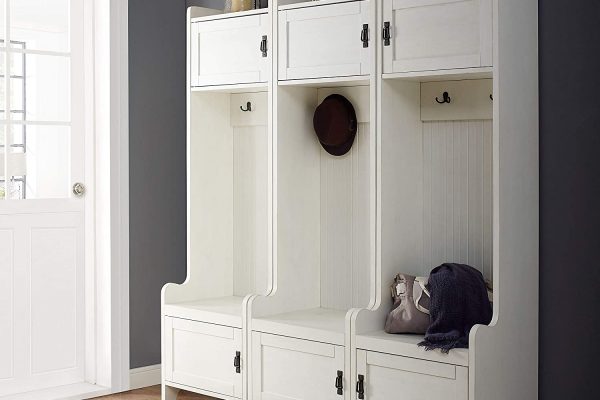

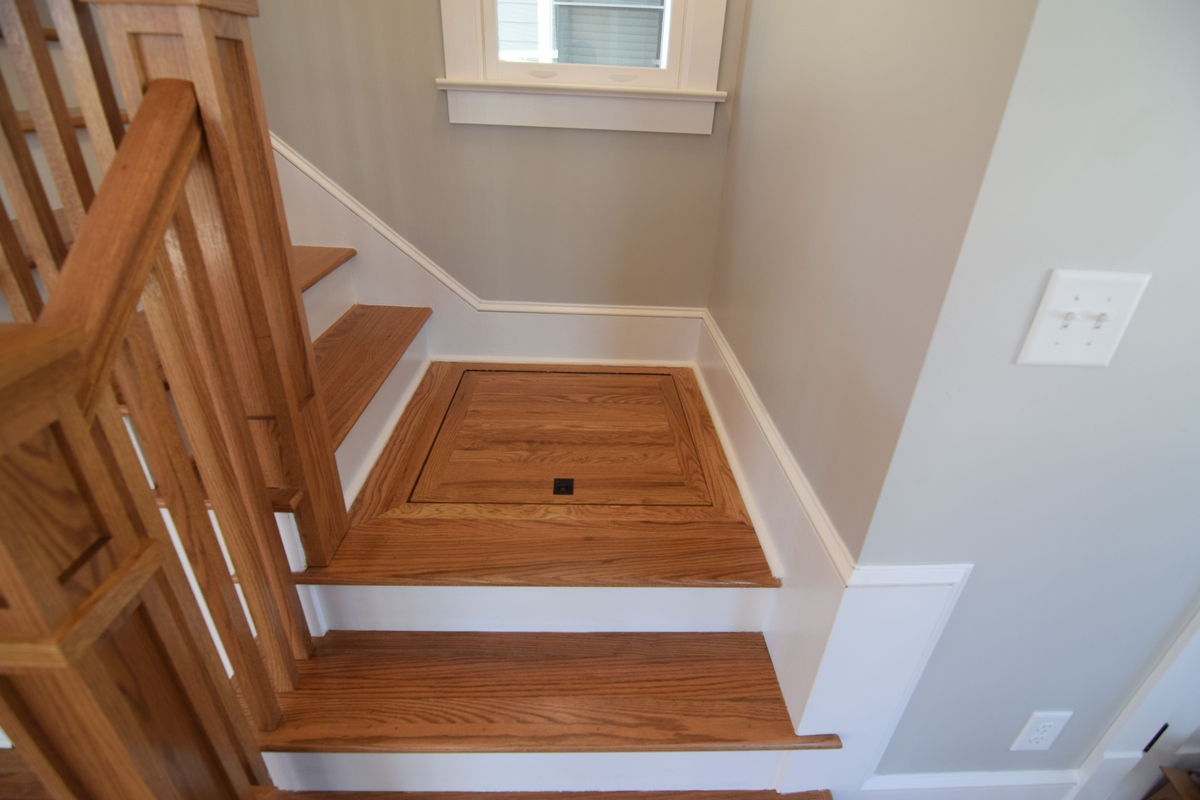
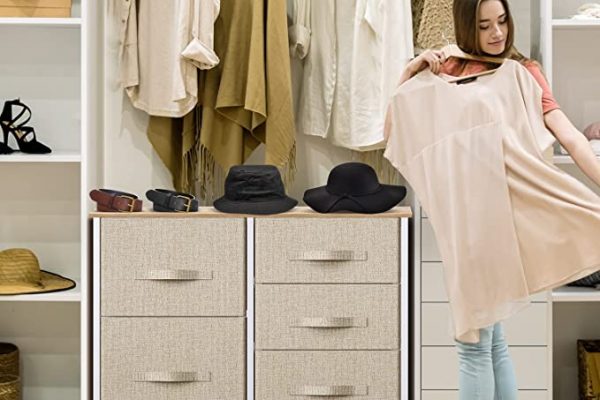
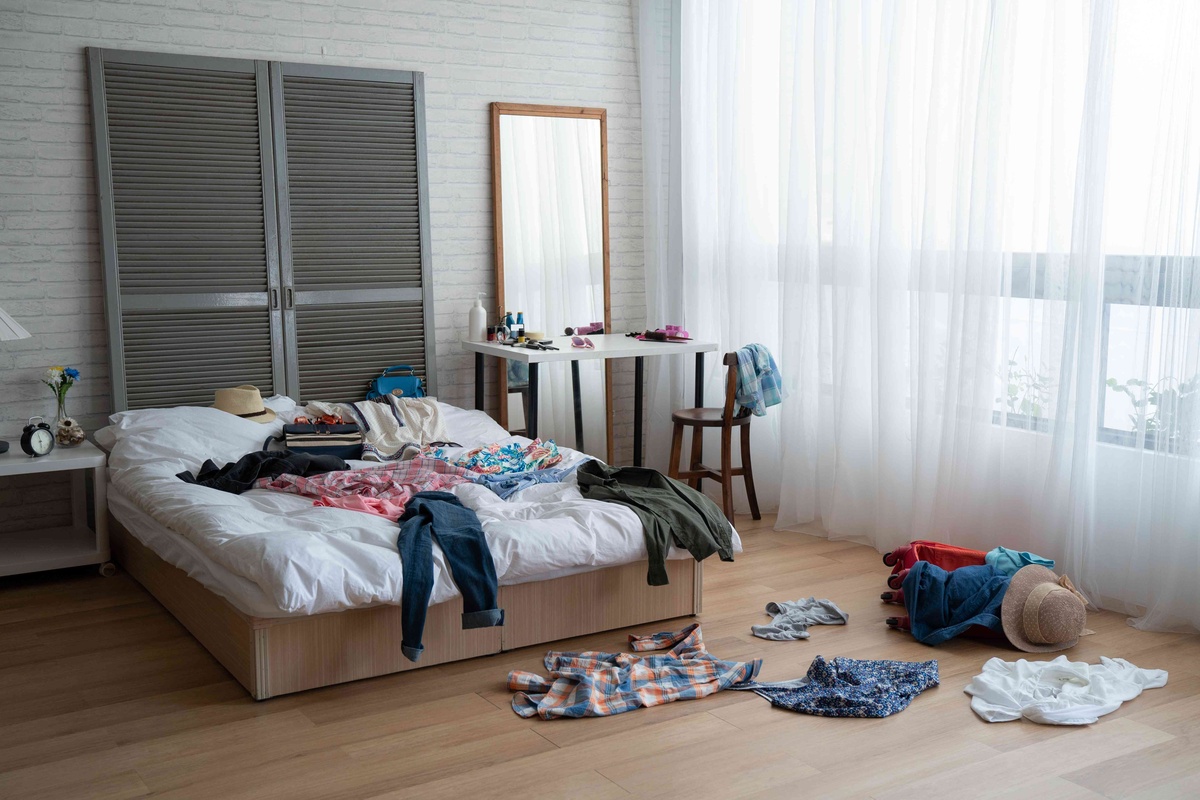
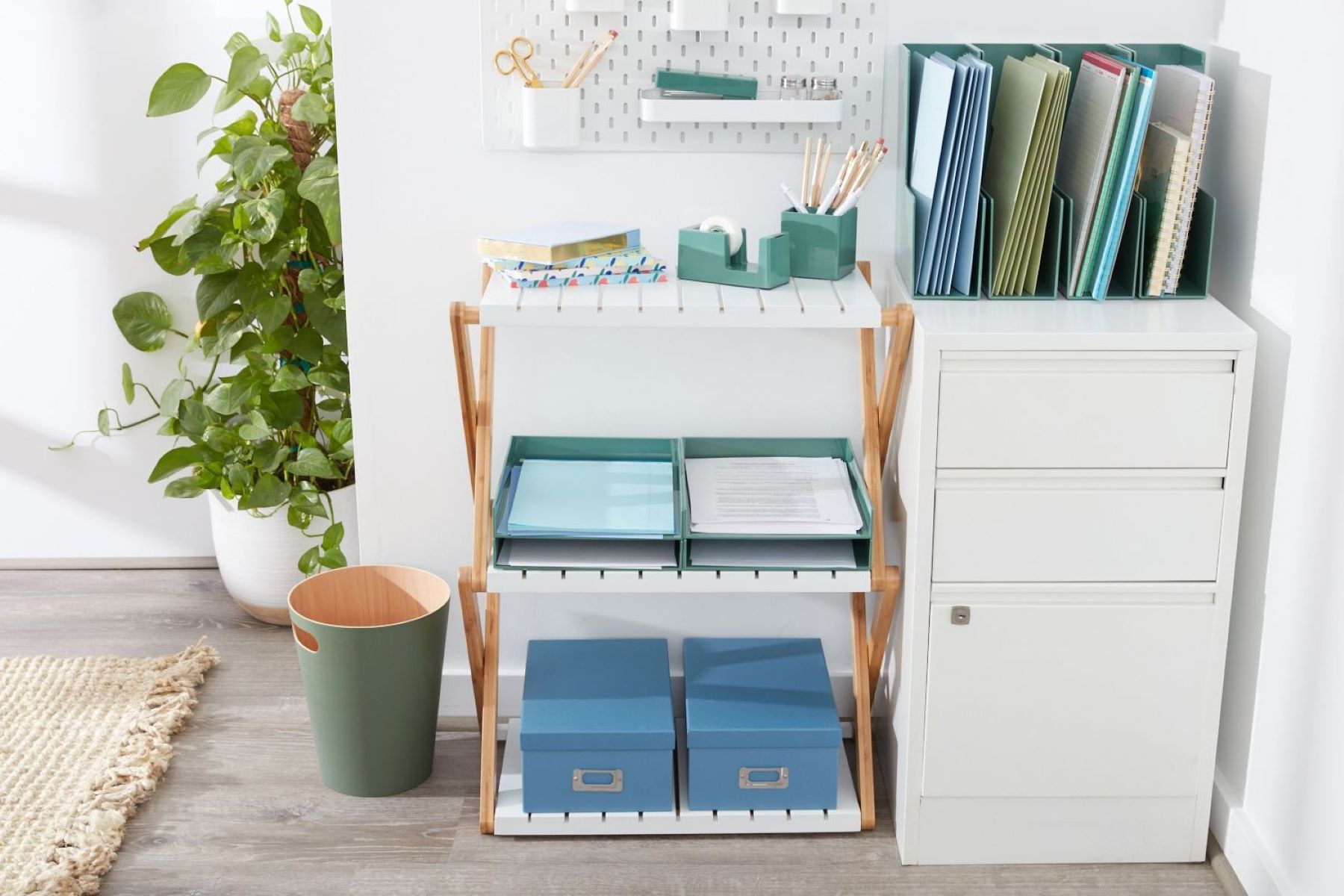
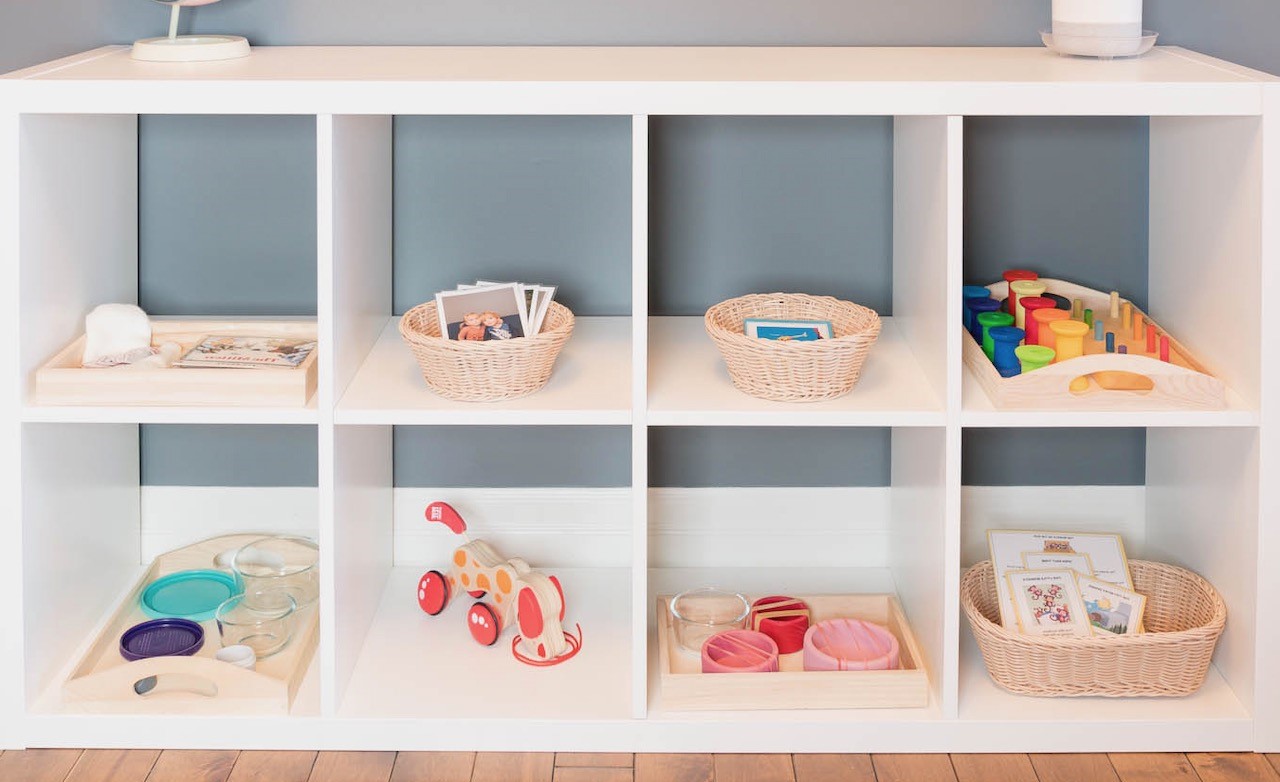
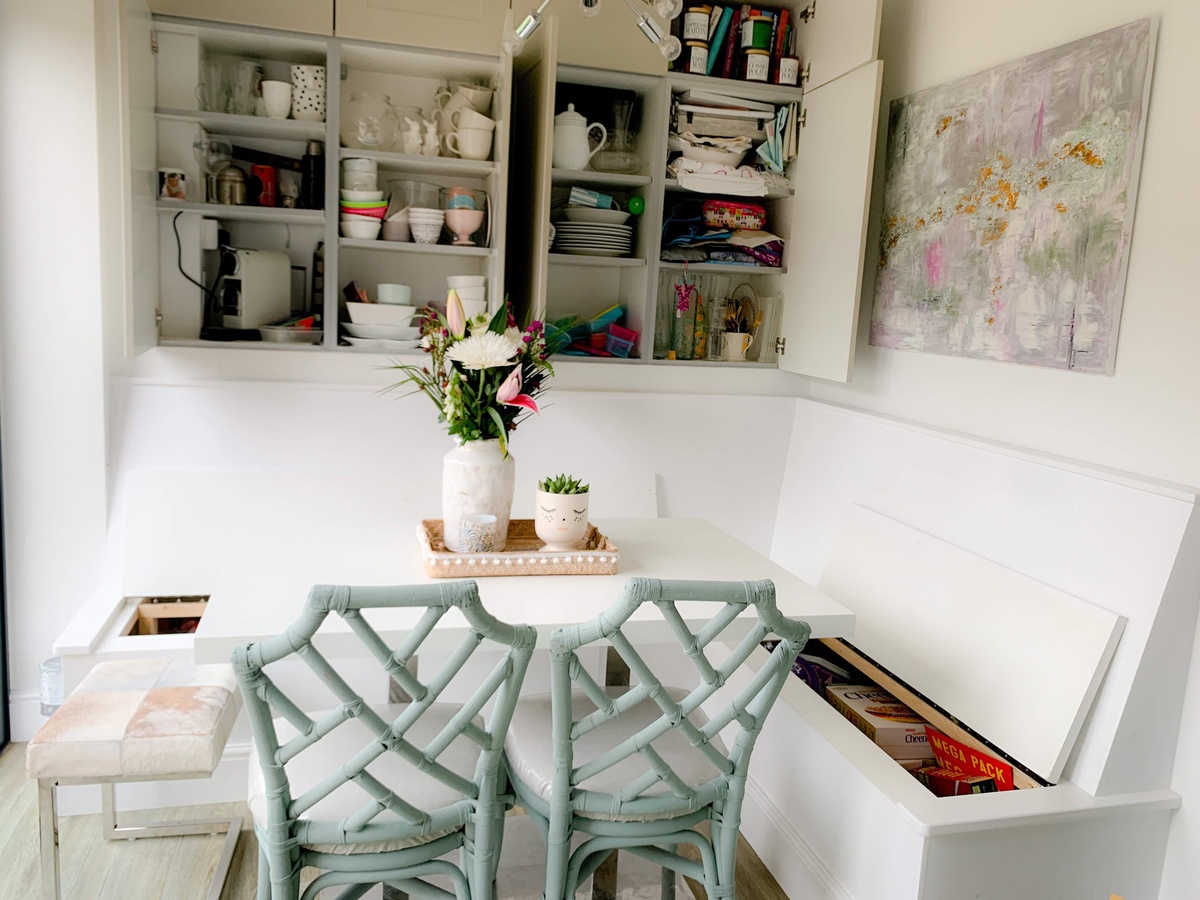
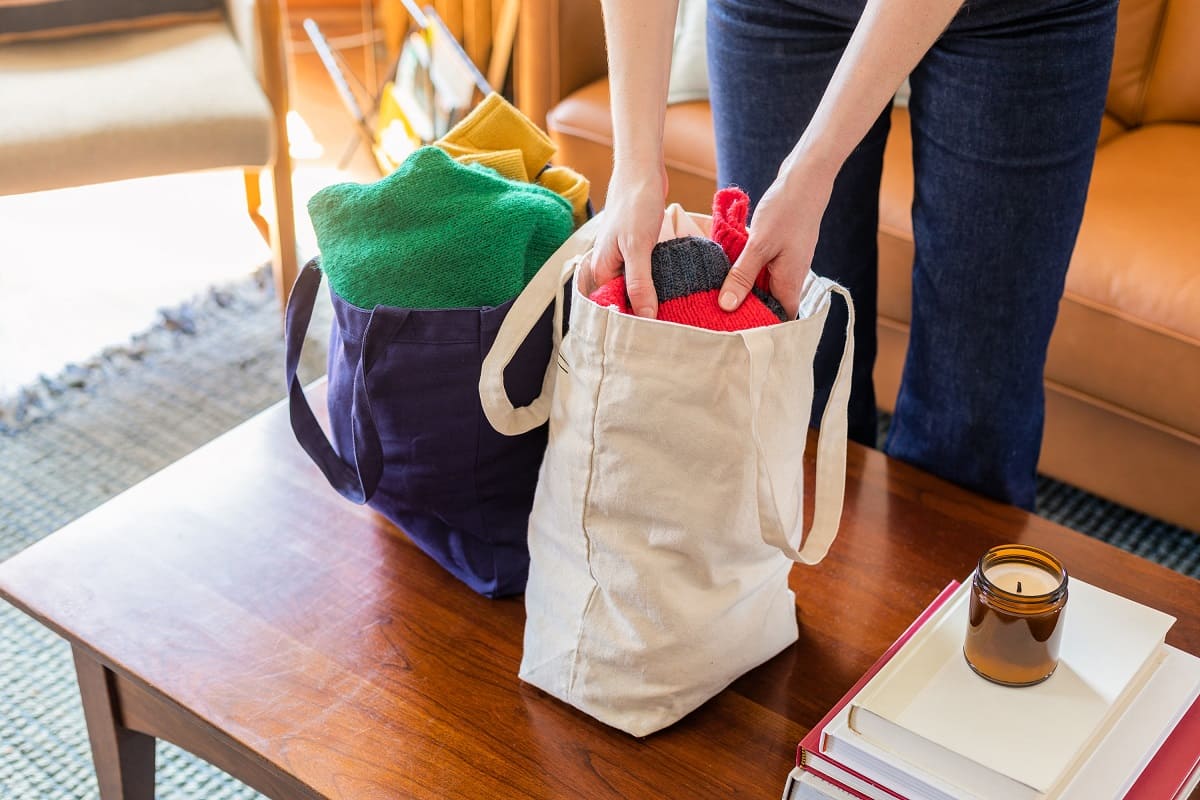
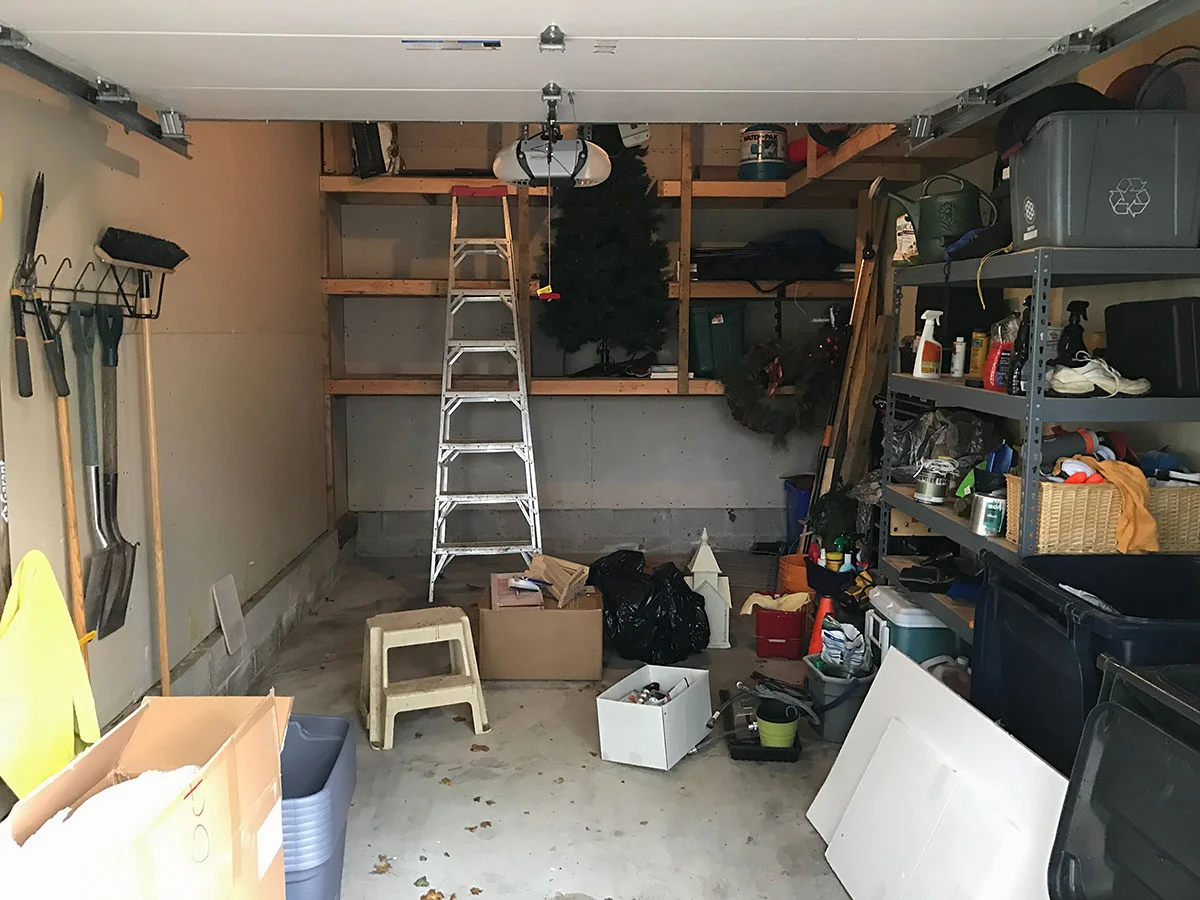
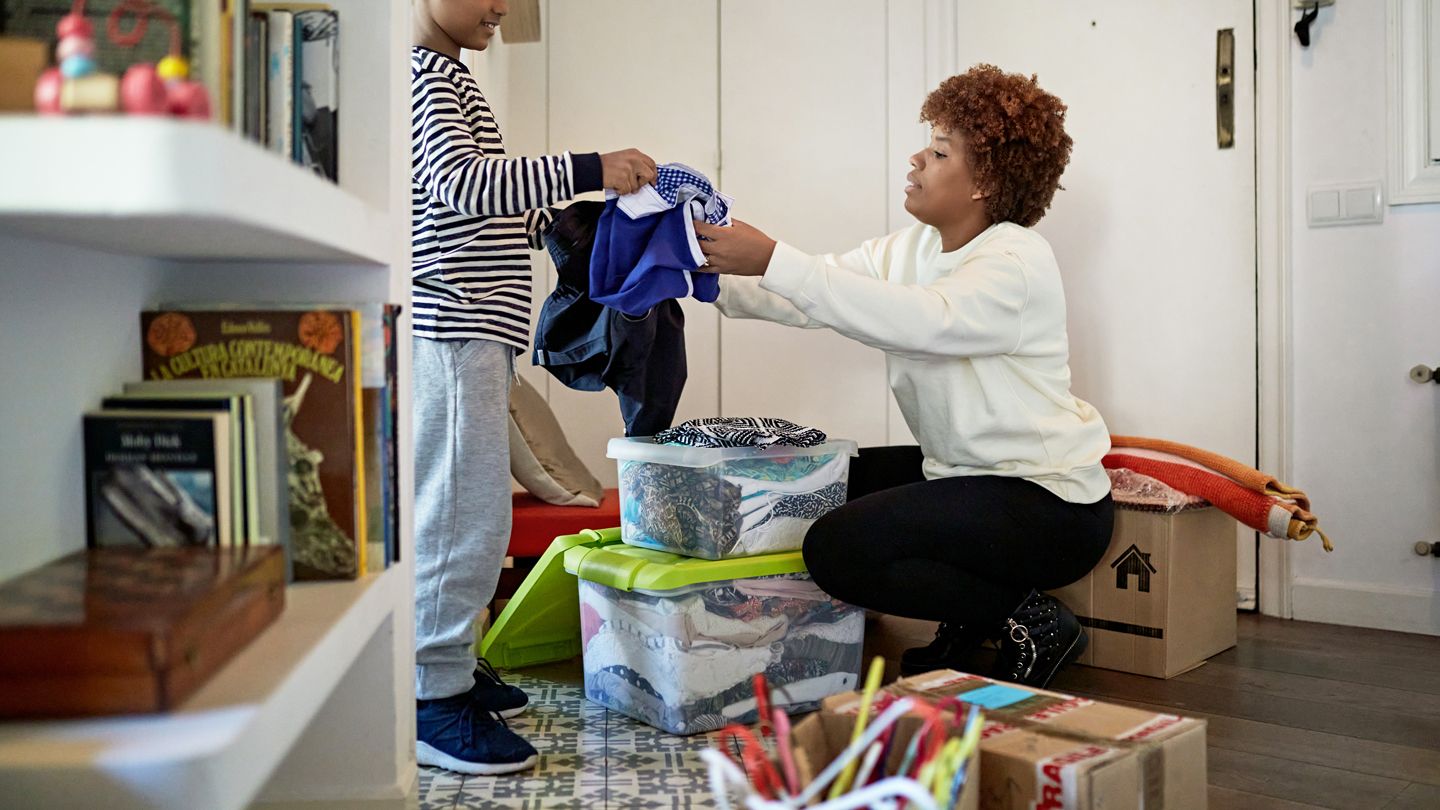

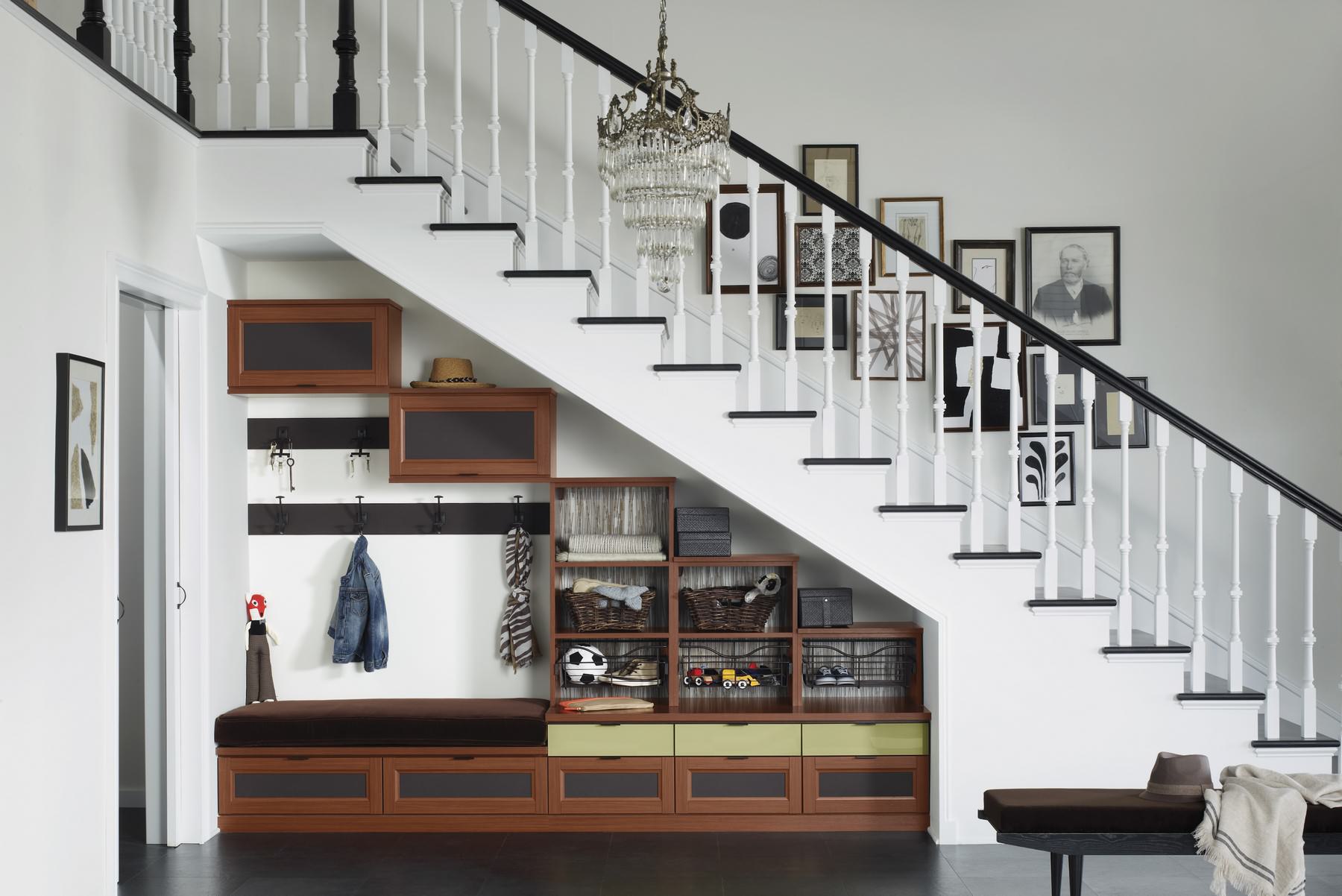

0 thoughts on “Organizing Toys: 10 Ways To Stay Clutter-Free”